

|
|
|


|
|
1/8 Scale Nitro Buggy:
Kyosho Inferno MP9 TKI4 - 33001 / 33014T1
|
Released by Kyosho in 2016, the 4WD Inferno MP9 TKI4 Buggy Kit - # 33001, was developed by Yuichi Kanai for the 9th IFMAR World Championships and came with revised front and rear suspension for improved cornering stability, and a new bodyshell.
In 2018, the Inferno MP9 TKI4 was made available ReadySet RTR - # 33014T1 (Red), and came with a KE21SP engine, Syncro KT-331P transmitter, KS5031-09MW servos and painted bodyshell.
The model is shaft driven, on an alloy plate chassis, with 3 x gear type differentials, coil spring over oil filled dampers, anti roll bars, front and rear universal joint drive-shafts, universal joint prop-shafts and a full set of ball bearings.
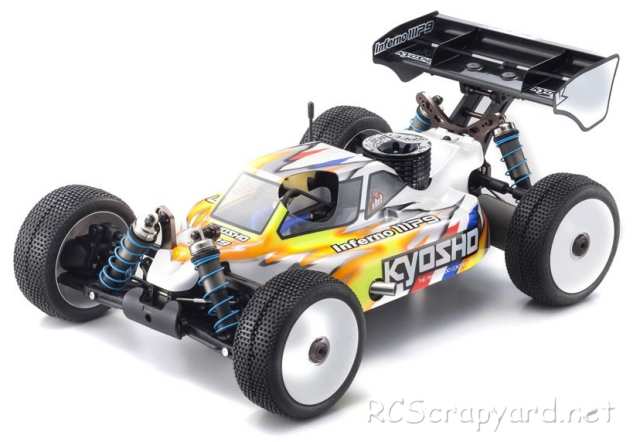
To get the best from the Kyosho Inferno MP9 TKI4, it needs to be fine tuned, to provide precise steering response and improve grip when cornering, so you don't slide off the track. Small changes can make huge advancements and our easy to understand guide will help you to the optimum Set-up for your individual driving style.








|
|
|

★ Kyosho Inferno MP9 TKI4 Chassis ★ 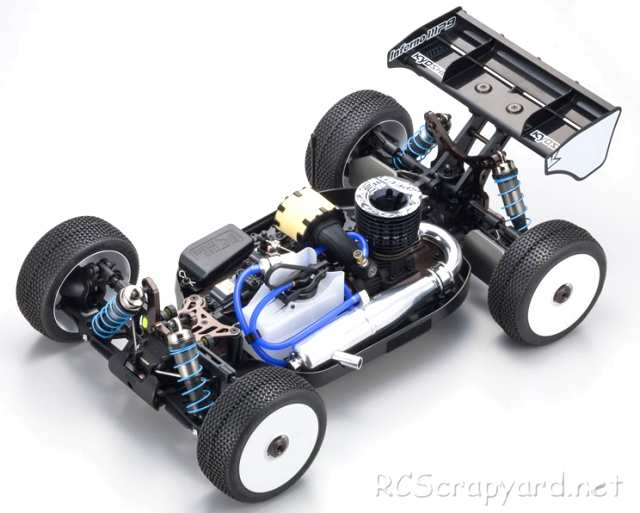
★ Kyosho Inferno MP9 TKI4 Chassis ★ 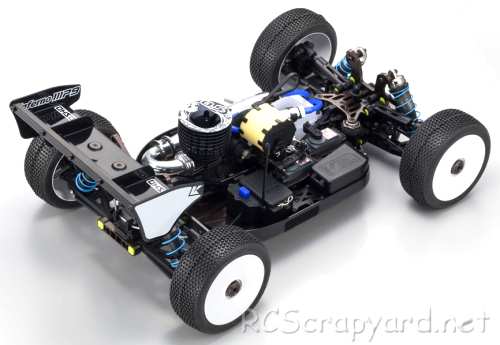
★ Kyosho Inferno MP9 TKI4 Chassis ★ 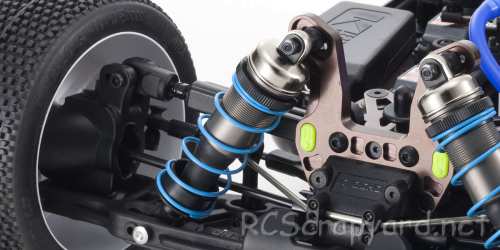
★ Kyosho Inferno MP9 TKI4 Chassis ★ 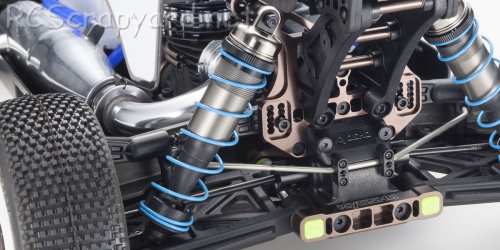
|
Buying a Used Kyosho Inferno MP9 TKI4
|
|
Manufacturers and Brands Catalogued, Listed and Reviewed by RC-Scrapyard.
At present, the RC Model Manufacturers, Brands and Distributors covered by us are: ABC Hobby, Academy, Acme Racing, Agama Racing, Amewi, Ansmann Racing, ARRMA, Team Associated, Atomic RC, Axial, AYK, Bolink, BSD Racing, Capricorn, Carisma, Carson, Caster Racing, Cen, Corally, Custom Works, Durango, Duratrax, ECX - Electrix, Exceed RC, FG Modellsport, FS-Racing, FTX, Fujimi, Gmade, GS-Racing, Harm, HBX, Helion, Heng Long, Himoto Racing, Hirobo, Hitari, Hobao, Hong-Nor, Hot Bodies, HPI, HSP, Intech, Integy, Jamara, JQ Products, Kawada, Kyosho, Losi, LRP, Maisto, Mardave, Marui, Maverick, MCD Racing, Megatech, Mugen, New Bright, Nichimo, Nikko, Nkok, Ofna, Pro-Pulse, Protech, PTI, RC4WD, Redcat Racing, RJ-Speed, Robitronic, Schumacher, Seben, Serpent, Smartech, Sportwerks, Step-Up, Tamiya, Team-C Racing, Team Magic, Thunder Tiger, Tomy, Top Racing, Traxxas, Trinity, Tyco, Vaterra RC, Venom, VRX Racing, WLToys, X-Factory, Xmods, Xpress, Xray, XTM, Yankee RC, Yokomo, ZD Racing and Zipzaps. |
|
Hints, Tips and Information
Glow Plugs for Nitro Engines
Nitro Engines for RC Models use a system to ignite the fuel mixture that simply employs a wire coil in a small housing called a Glow Plug. To start the engine, a battery powered Starter, or Glow Igniter, is connected to the Glow Plug and electric current heats the coil to white hot, so that when you pull start your engine, the air - fuel mixture in the cylinder is ignited. With the engine now running, the starter is no longer required. Heat generated under compression is enough to keep the coil element hot enough to keep the engine running.
|
|
Hints, Tips and Information
My First National
When I first started in RC, way back in the late 1980s, I would turn up to the weekly club meeting, with my Tamiya Boomerang, Acoms transmitter, two sets of crystals, a couple of 7.2v batteries, a charger and a tool box with a wheel spanner and a few spares. |
|
RC Models:
|
Radio & Motors: |
Other
Accessories: |